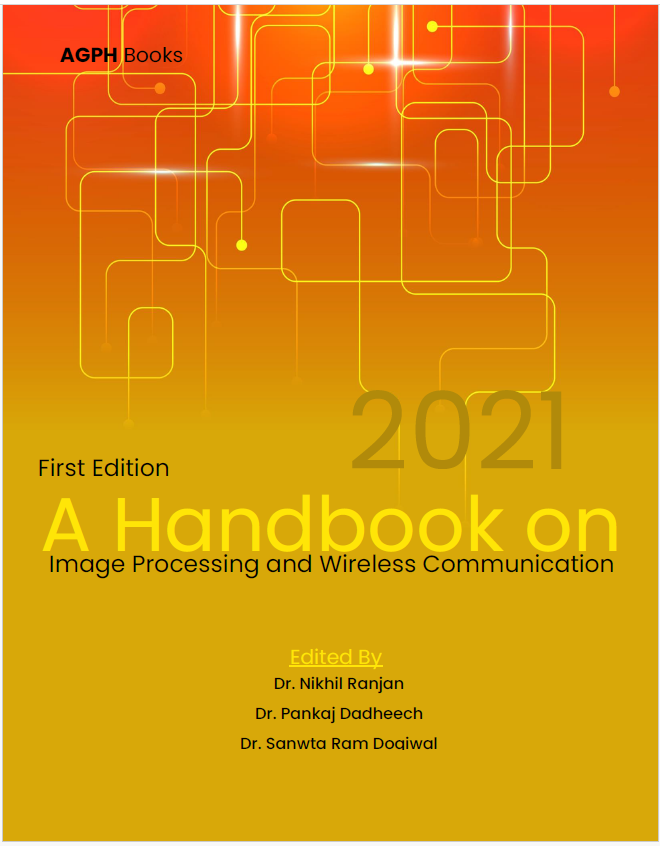A State of Review on Biomedical Image Processing Techniques with A Focus on Deep Learning
Keywords:
Machine learning, Deep learning, Medical imaging, MRIAbstract
In recent years, the area of medical images processing has been developed into the established one. In clinical research, the accurate segmentation of medical pictures is essential for monitoring, diagnosis and planning therapy. Segmenting medical photos by hand takes a long time and is tiresome. As a result, high-accuracy segmentation algorithms for such automated data collection are highly sought after. An algorithm's efficiency may be influenced by a variety of things. For instance, the scope of a segmentation technique's applicability, the method's repeatability, the precision of its findings, and so on. With an emphasis on the Deep Learning Techniques, this paper will provide readers an overview of the current picture segmentation techniques. The review focuses on picture segmentation using deep learning with in medical imaging field.
References
[1] Arulmurugan, R., & Anandakumar, H. (2018). Region-based seed point cell segmentation and detection for biomedical image analysis. International Journal of Biomedical Engineering and Technology, 27(4), 273-289. https://doi.org/10.1504/IJBET.2018.094296
[2] Bas, M., Król, K., & Spinczyk, D. (2021). Target registration error reduction for percutaneous abdominal intervention. Computerized Medical Imaging and Graphics, 87. https://doi.org/10.1016/j.compmedimag.2020.101839
[3] Geist, B. K., & Neufeld, H. (2021). Particle-number conservation, causality and linear response in biomedical imaging. Applied Mathematics and Computation, 409, 126418. https://doi.org/10.1016/j.amc.2021.126418
[4] Krasoń, A., Woloshuk, A., & Spinczyk, D. (2019). Segmentation of abdominal organs in computed tomography using a generalized statistical shape model. Computerized Medical Imaging and Graphics, 78, 101672. https://doi.org/10.1016/j.compmedimag.2019.101672
[5] Navab, N., Hornegger, J., Wells, W. M., & Frangi, A. F. (2015). Medical Image Computing and Computer-Assisted Intervention - MICCAI 2015: 18th International Conference Munich, Germany, October 5-9, 2015 proceedings, part III. Lecture Notes in Computer Science (Including Subseries Lecture Notes in Artificial Intelligence and Lecture Notes in Bioinformatics), 9351(Cvd), 12-20. https://doi.org/10.1007/978-3-319-24574-4
[6] Rahman, S., Azam, B., Khan, S. U., Awais, M., Ali, I., & ul Hussen Khan, R. J. (2021). Automatic identification of abnormal blood smear images using color and morphology variation of RBCS and central pallor. Computerized Medical Imaging and Graphics, 87, 101813. https://doi.org/10.1016/j.compmedimag.2020.101813
[7] Rajeswari, J., & Jagannath, M. (2017). Advances in biomedical signal and image processing - A systematic review. Informatics in Medicine Unlocked, 8(March), 13-19. https://doi.org/10.1016/j.imu.2017.04.002
[8] Shaikh, R. A., Li, J. P., Khan, A., & Memon, I. (2016). Biomedical image processing and analysis using Markov Random Fields. 2015 12th International Computer Conference on Wavelet Active Media Technology and Information Processing, ICCWAMTIP 2015, 179-183. https://doi.org/10.1109/ICCWAMTIP.2015.7493970
[9] Tchagna Kouanou, A., Tchiotsop, D., Kengne, R., Zephirin, D. T., Adele Armele, N. M., & Tchinda, R. (2018). An optimal big data workflow for biomedical image analysis. Informatics in Medicine Unlocked, 11(May), 68-74. https://doi.org/10.1016/j.imu.2018.05.001
[10] Thakur, N., & Juneja, M. (2020). Pre-processing of retinal images acquired from digital fundus cameras for improved performance of diagnostic tools in biomedical engineering. Materials Today: Proceedings, 28(xxxx), 1525-1529. https://doi.org/10.1016/j.matpr.2020.04.835
[11] V, B. (2019). Biomedical Image Analysis Using Semantic Segmentation. Journal of Innovative Image Processing, 1(02), 91-101. https://doi.org/10.36548/jiip.2019.2.004
[12] Yang, M., Nurzynska, K., Walts, A. E., & Gertych, A. (2020). A CNN-based active learning framework to identify mycobacteria in digitized Ziehl-Neelsen stained human tissues. Computerized Medical Imaging and Graphics, 84, 101752. https://doi.org/10.1016/j.compmedimag.2020.101752




